South Florida’s unique climate—characterized by high humidity, sandy soils, and frequent rain—calls for landscaping approaches that balance lush tropical aesthetics with sustainable practices. From vibrant native plantings that support local ecosystems to low-maintenance hardscaping that withstands hurricane-force winds, these 20 ideas blend beauty and resilience. Highlights include Florida-Friendly principles for water conservation, creative uses of palms and bromeliads for a tropical flair, and modern accents like vertical gardens and LED lighting to extend usability into the evening. Whether you’re aiming for an edible landscape, a serene Zen space, or a colorful butterfly garden, these concepts will help you design an outdoor oasis tailored to South Florida’s environment while conserving resources and reducing upkeep.
1. Embrace Tropical Plant Groupings
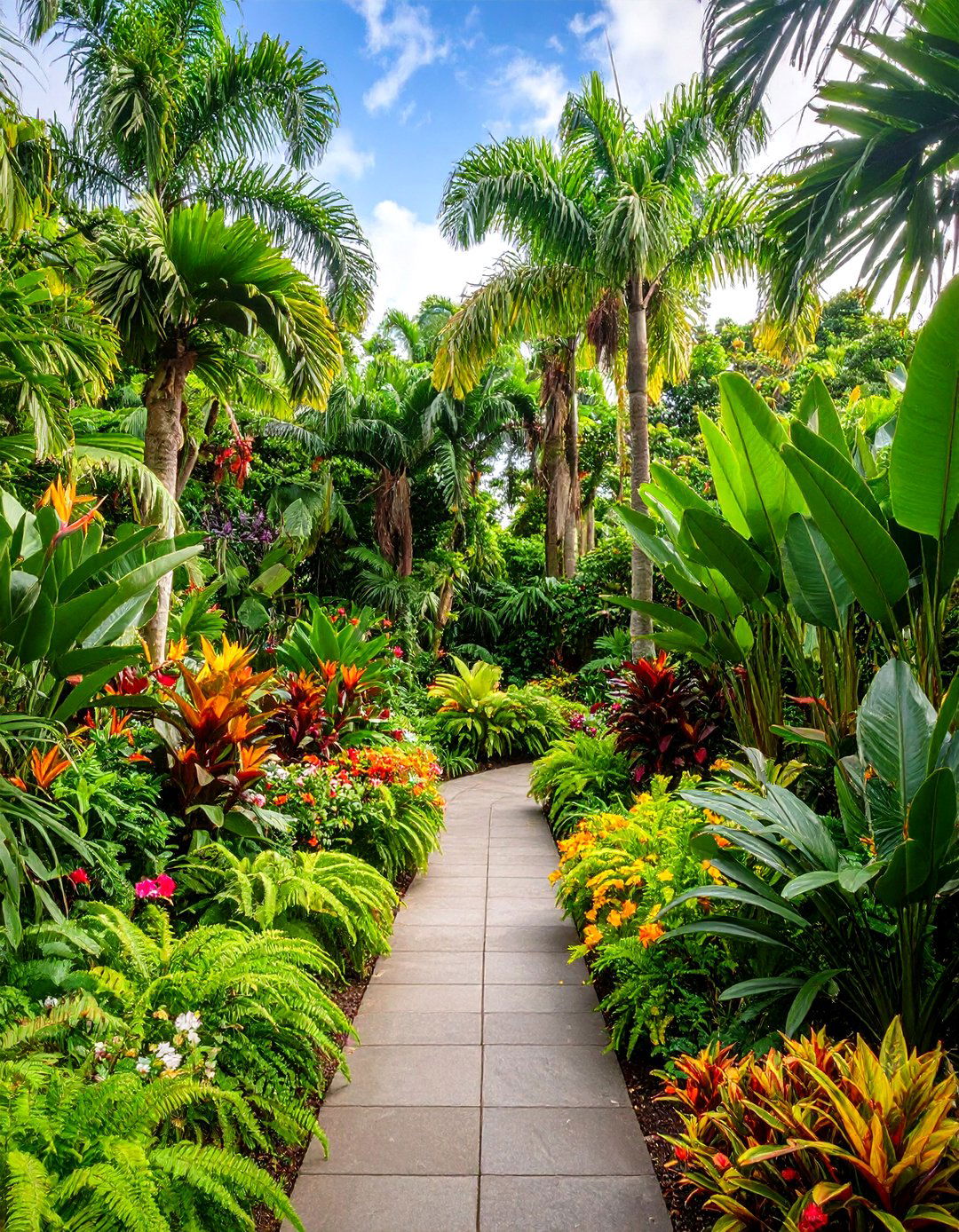
Cluster exotic foliage plants—such as bird of paradise, elephant ears, and hibiscus—in layered groupings to create a lush “jungle” effect reminiscent of South Florida’s natural landscapes. Underplant taller palms with ferns and bromeliads to add texture and depth, and use vibrant flowering shrubs to introduce seasonal color. This approach not only provides a resort-style ambiance but also simplifies irrigation by grouping species with similar water needs.
2. Plant Iconic Palm Varieties

Incorporate a mix of palms—like royal palms for grandeur, foxtail palms for texture, and pygmy date palms for compact spaces—to add height and movement. Group single-trunk varieties as focal points or plant clusters for shade and privacy. Underplant these with low-growing groundcovers such as dwarf mondo grass to create a layered, low-maintenance foundation that thrives in sandy soils.
3. Use Florida-Friendly Landscaping Principles

Adopt the UF/IFAS Florida-Friendly Landscaping™ nine principles—such as “Right Plant, Right Place” and “Water Efficiently”—to design sustainable yards. These guidelines help reduce water usage by up to 84% and minimize fertilizer runoff, creating healthier landscapes that require less maintenance while protecting waterways.
4. Create a Rain Garden
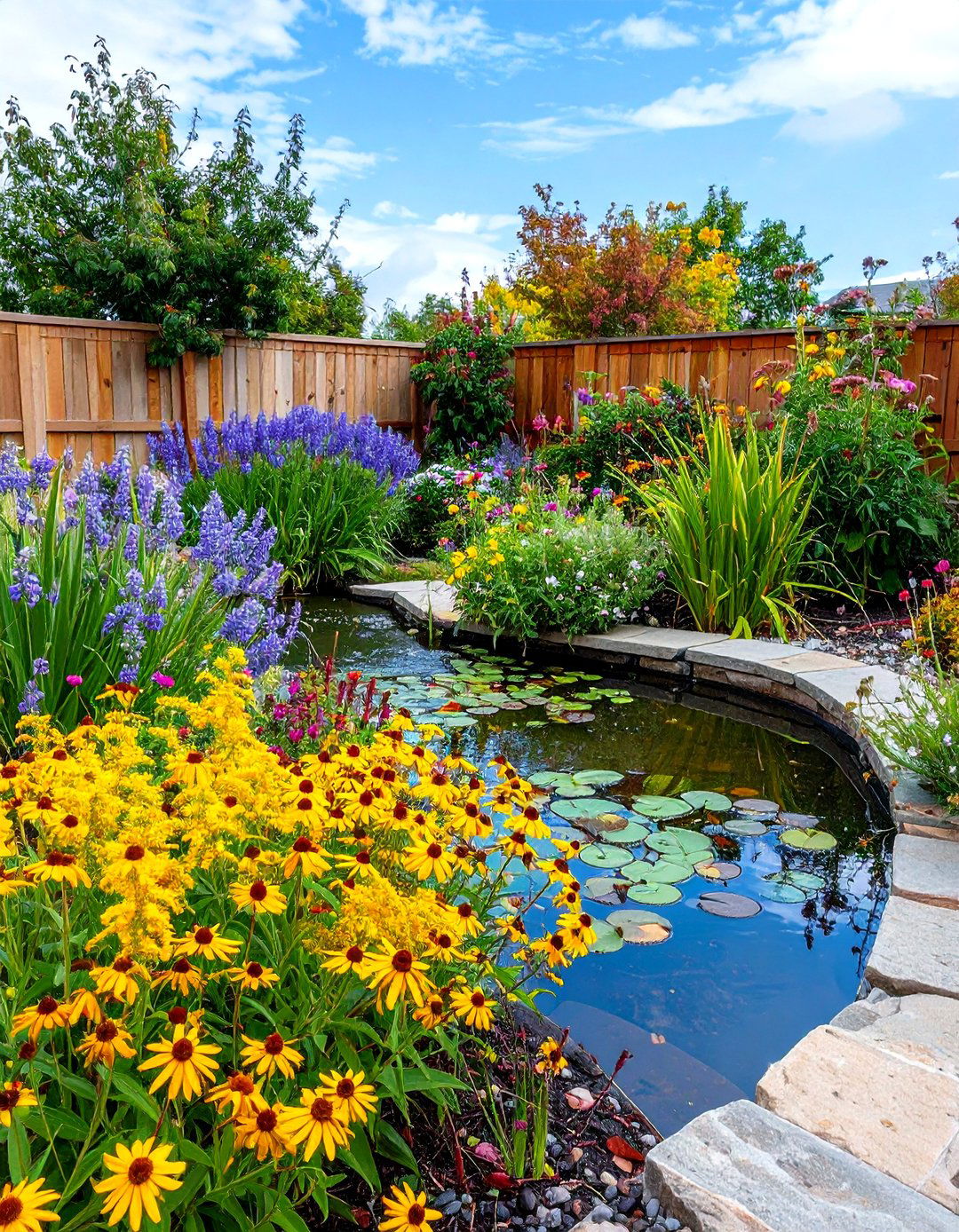
Convert low-lying areas into rain gardens with native plants like swamp milkweed and seaside goldenrod to capture stormwater runoff and recharge groundwater. These gardens manage excess water during heavy rains and provide habitat for pollinators, enhancing both aesthetic and ecological value.
5. Install a Poolside Tropical Oasis
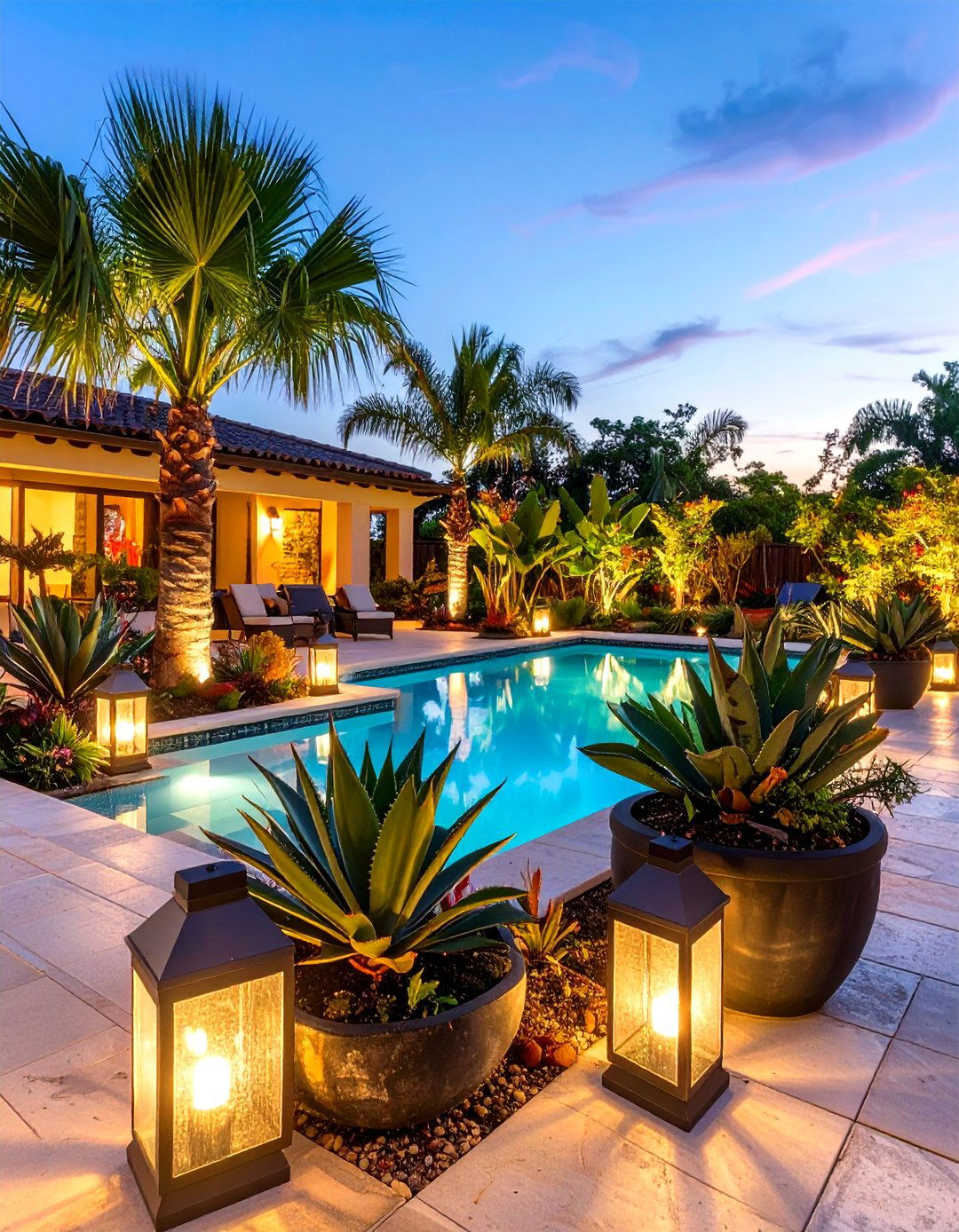
Frame your pool deck with large container plantings of fan palms, agaves, and crotons for an easy-care tropical look. Use durable, UV-resistant pots to prevent fading, and integrate solar-powered lanterns to extend ambiance into evening hours. This blend of hardscape and lush foliage creates a resort-style retreat with minimal maintenance requirements.
6. Integrate Edible Landscaping
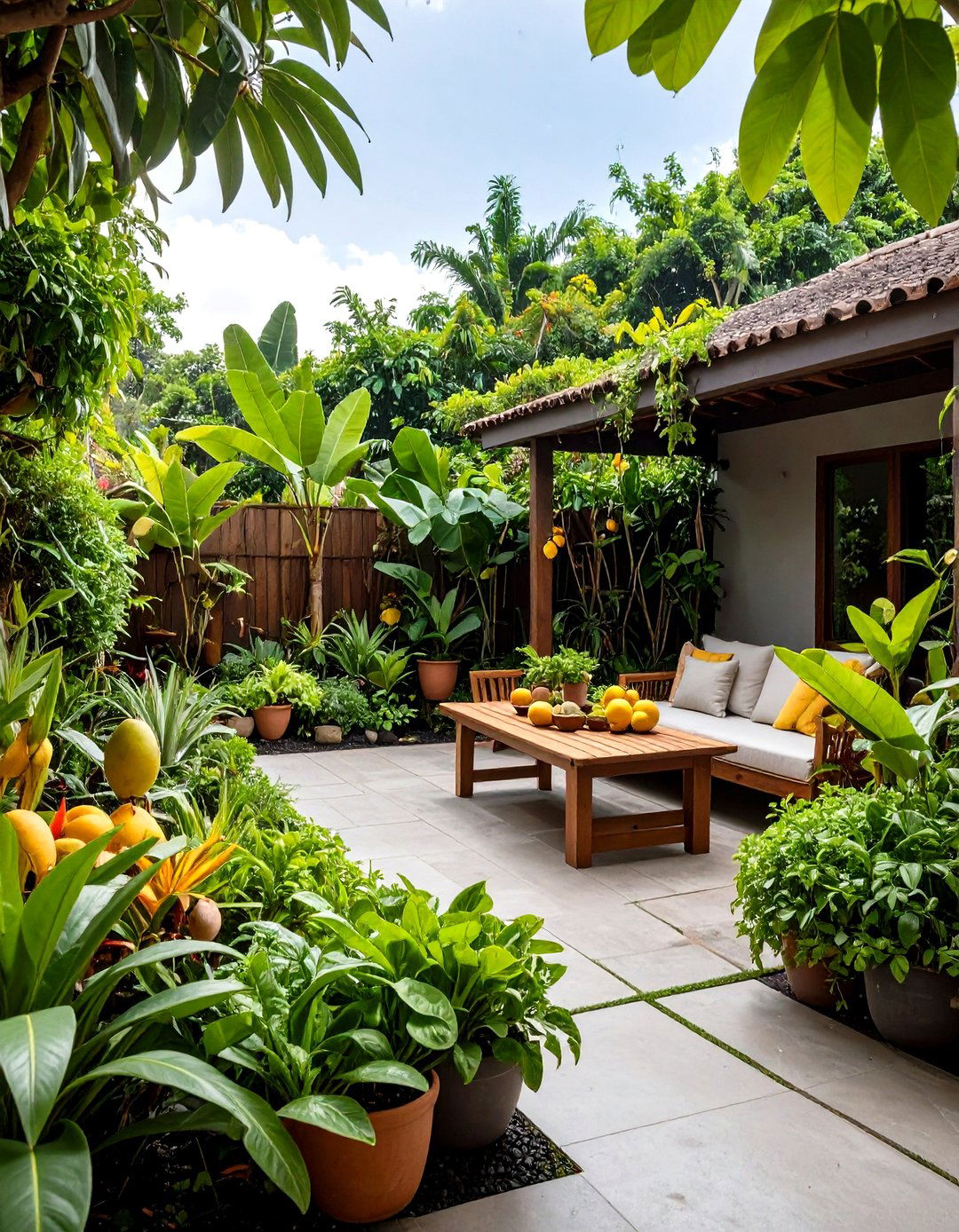
Plant fruit trees such as mango, avocado, and banana alongside culinary herbs like basil and lemongrass. Underplant with low-maintenance greens like malabar spinach and chaya to create a productive landscape. This approach blends beauty and function while taking advantage of South Florida’s year-round growing season.
7. Design Xeriscape-Inspired Beds
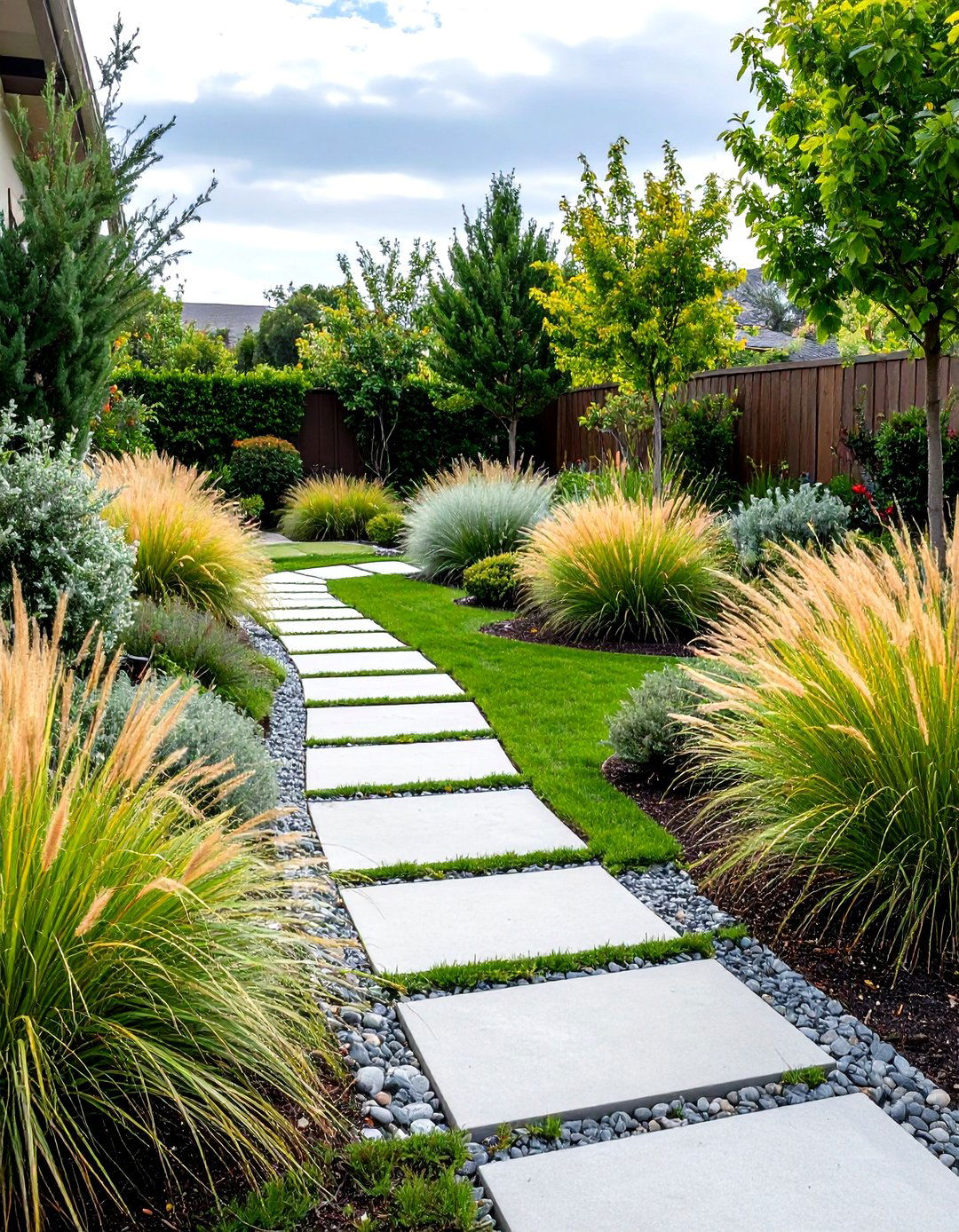
Though classic xeriscaping suits arid regions, adapt xeriscape principles—such as grouping plants by water needs and using mulch to retain moisture—to Florida-Friendly landscaping. Incorporate drought-tolerant species like muhly grass and silver buttonwood, and use permeable pavers in pathways to promote infiltration.
8. Incorporate Vertical Gardens
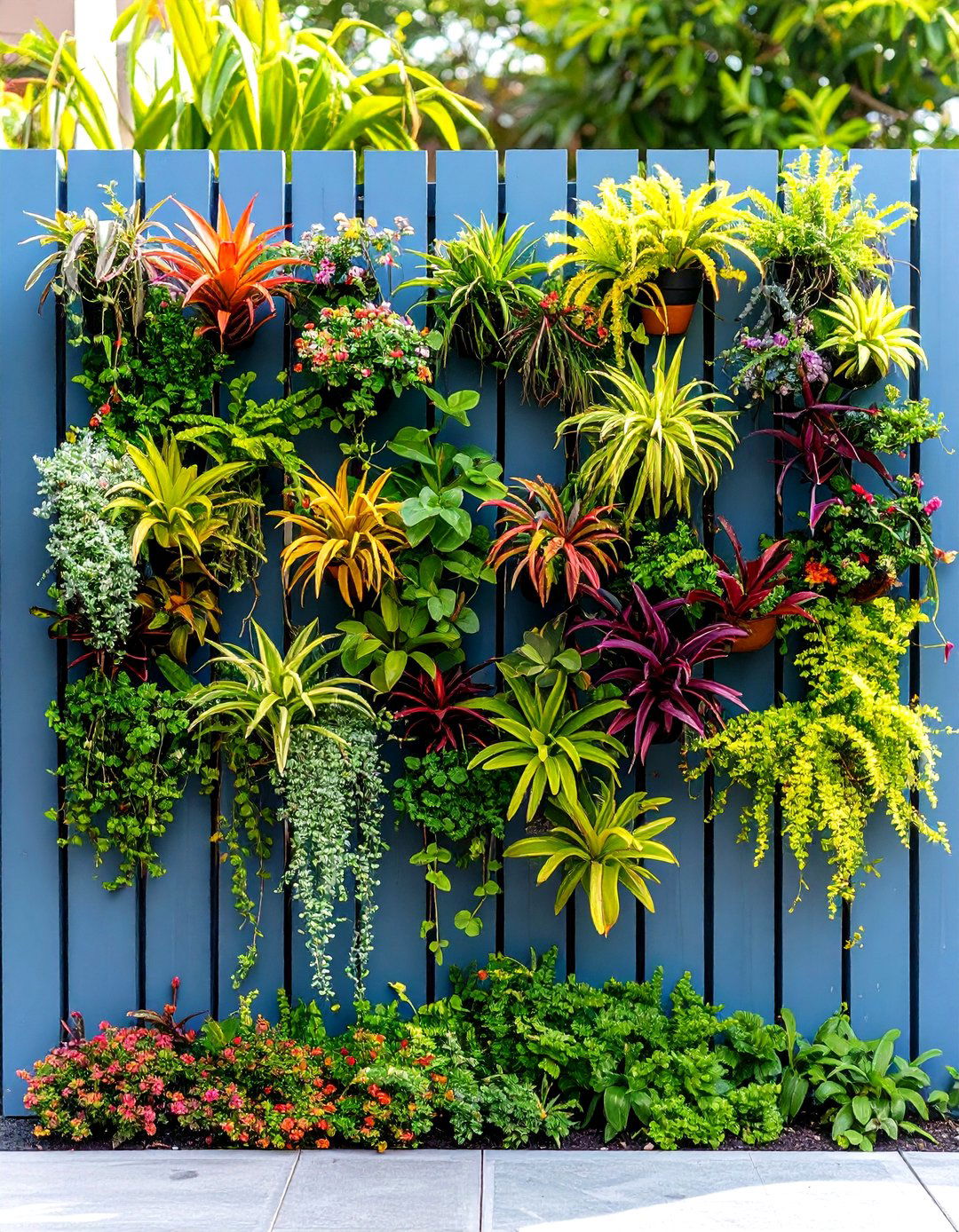
Maximize space and add visual interest with vertical planters or living walls featuring bromeliads, air plants, and creeping figs. These installations thrive in shade or filtered sun and can transform fences or patio walls into living art, boosting privacy and greenery without requiring much ground space.
9. Create a Butterfly and Pollinator Garden
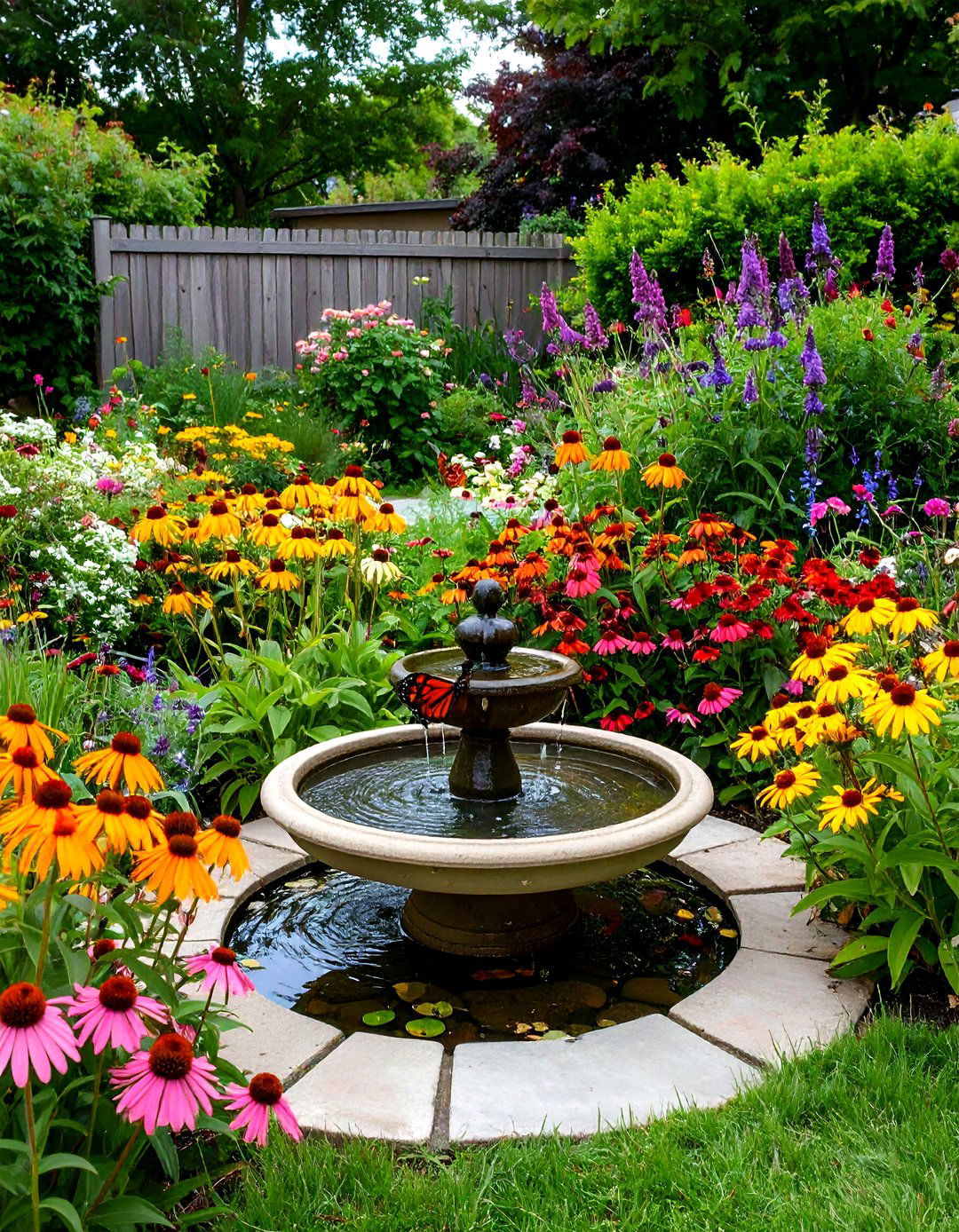
Select nectar-rich blooms like pentas, coneflowers, and beach sunflowers to attract butterflies and bees. Include host plants such as pipevine and passionflower to complete the habitat, and place a shallow water feature or birdbath for added wildlife appeal.
10. Add Hardscape Pathways

Use natural stone or reclaimed pavers to craft winding pathways through planting beds. The thermal mass of stone helps moderate soil temperature, and the irregular layout enhances a tropical garden aesthetic. Incorporate groundcovers like creeping thyme between pavers for softness and additional color.
11. Install Subtle Outdoor Lighting
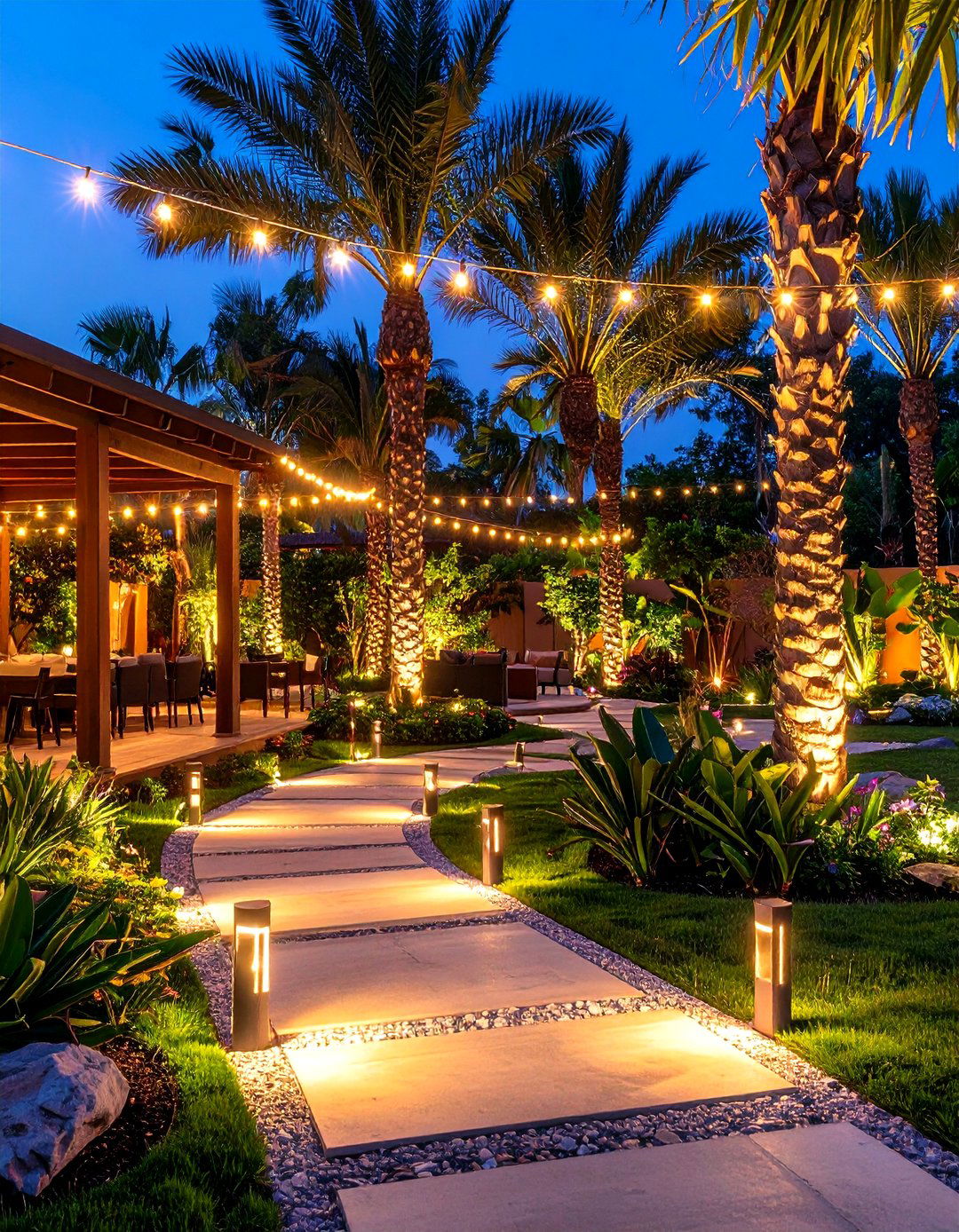
Enhance evening usability with LED uplights on palm trunks, path-lighting along walkways, and string lights over seating areas. Low-voltage systems reduce energy use, and carefully placed fixtures accentuate plant forms and create layered illumination for safety and ambiance.
12. Build a Tranquil Zen Corner
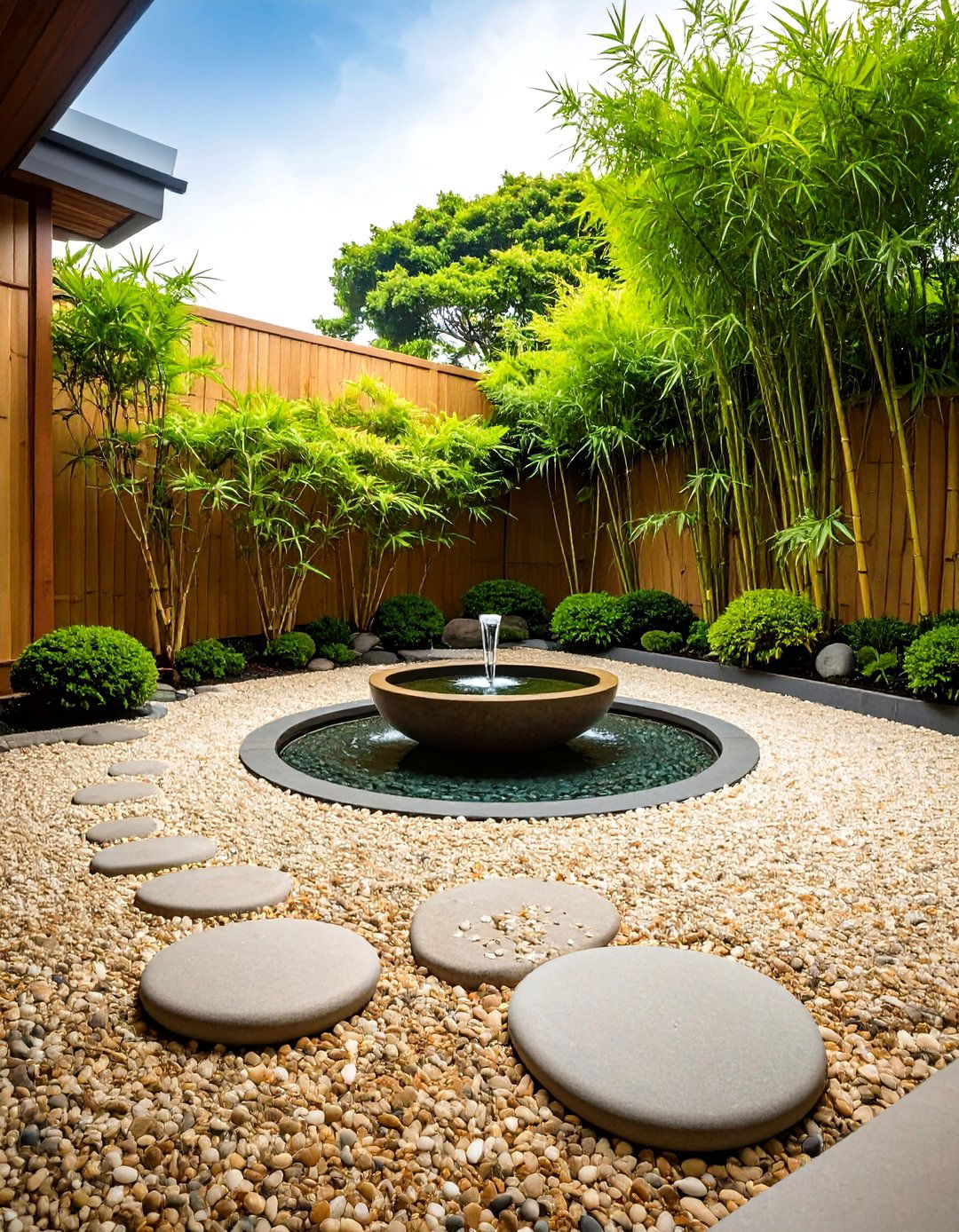
Combine crushed shell mulch with flat stepping stones, dwarf bamboo, and Japanese garden poles to fashion a minimalist Zen space. Include a small bamboo water feature or Buddha statue to complete the retreat, providing a serene nook for meditation amid tropical plantings.
13. Design a Coastal-Resilient Garden
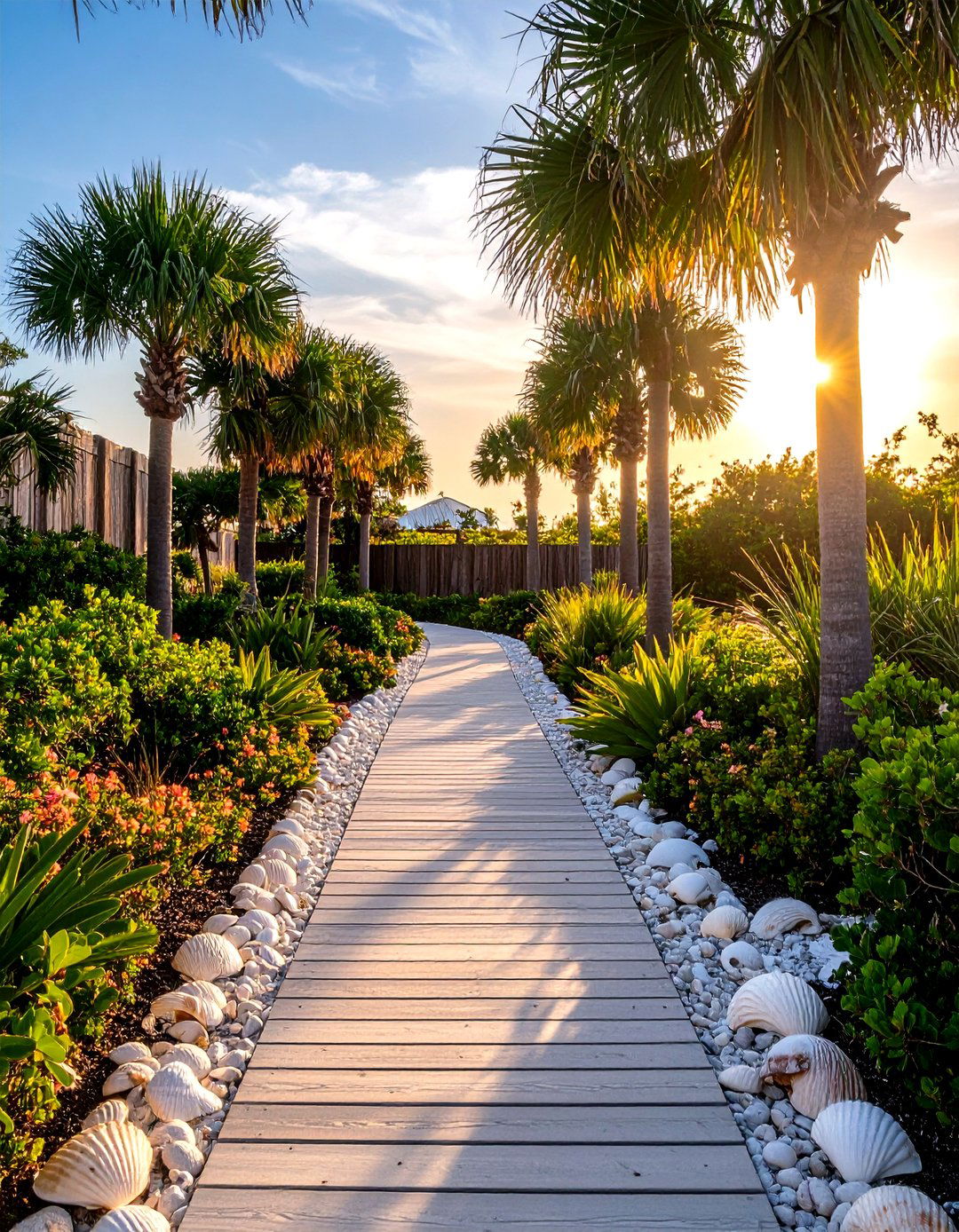
For homes near the shore, select salt-tolerant species like sea grape, cocoplum, and saw palmetto. Use shell pathways and coral rock accents to echo the coastal environment. These elements resist salt spray and high winds while creating a seamless connection to the seashore.
14. Use Native Groundcovers
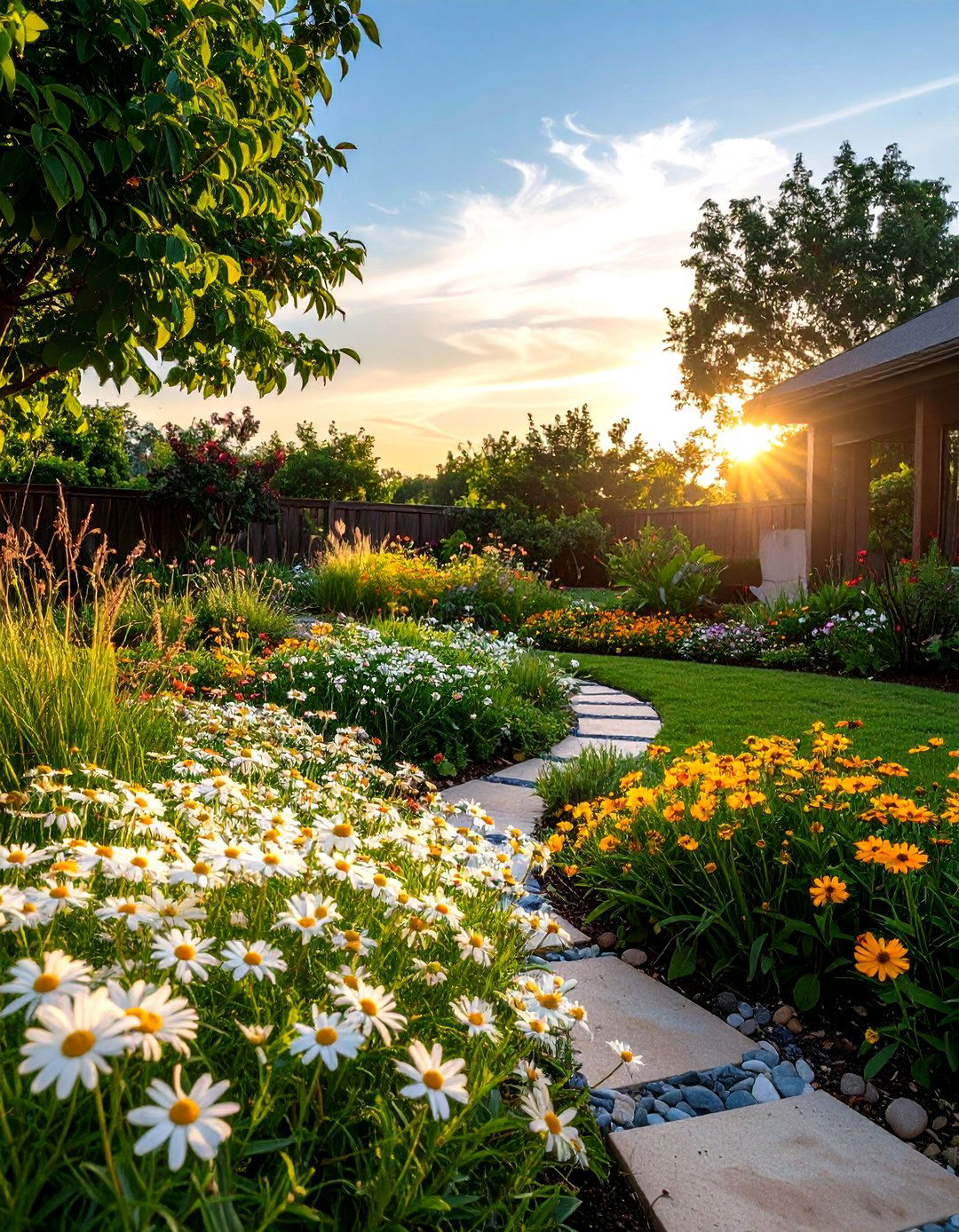
Replace high-maintenance turf with native groundcovers such as dwarf Asiatic jasmine or Singapore daisy to reduce mowing and irrigation needs. These plants form dense mats that suppress weeds and thrive in South Florida’s heat and occasional drought.
15. Incorporate Rainwater Harvesting
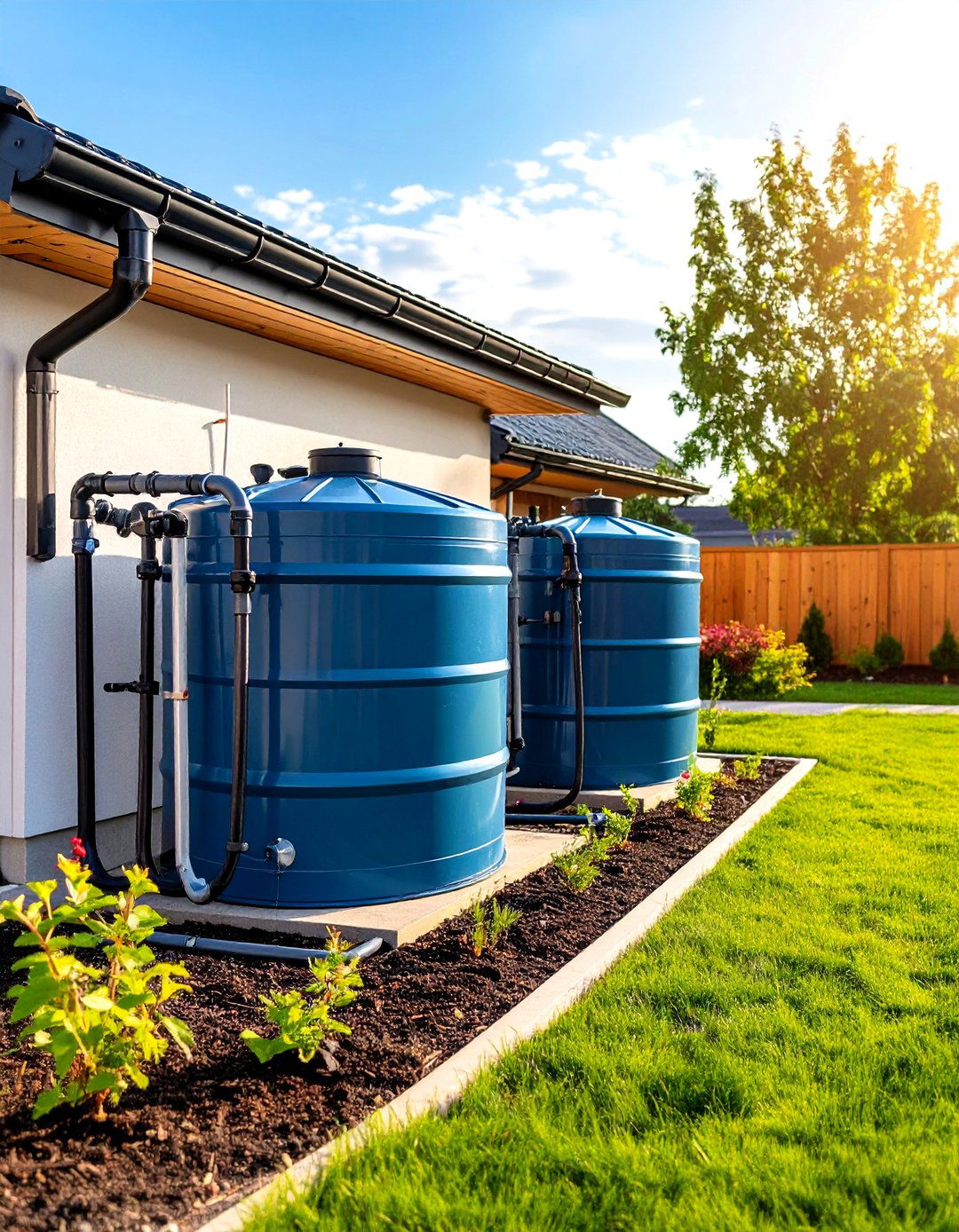
Install rain barrels or a cistern to capture roof runoff for irrigation. Connect drip-irrigation lines to slowly deliver collected water to plant roots, reducing potable water use. Covered barrels deter mosquitoes and maintain water quality for use in landscape watering.
16. Add a Water Feature or Pond
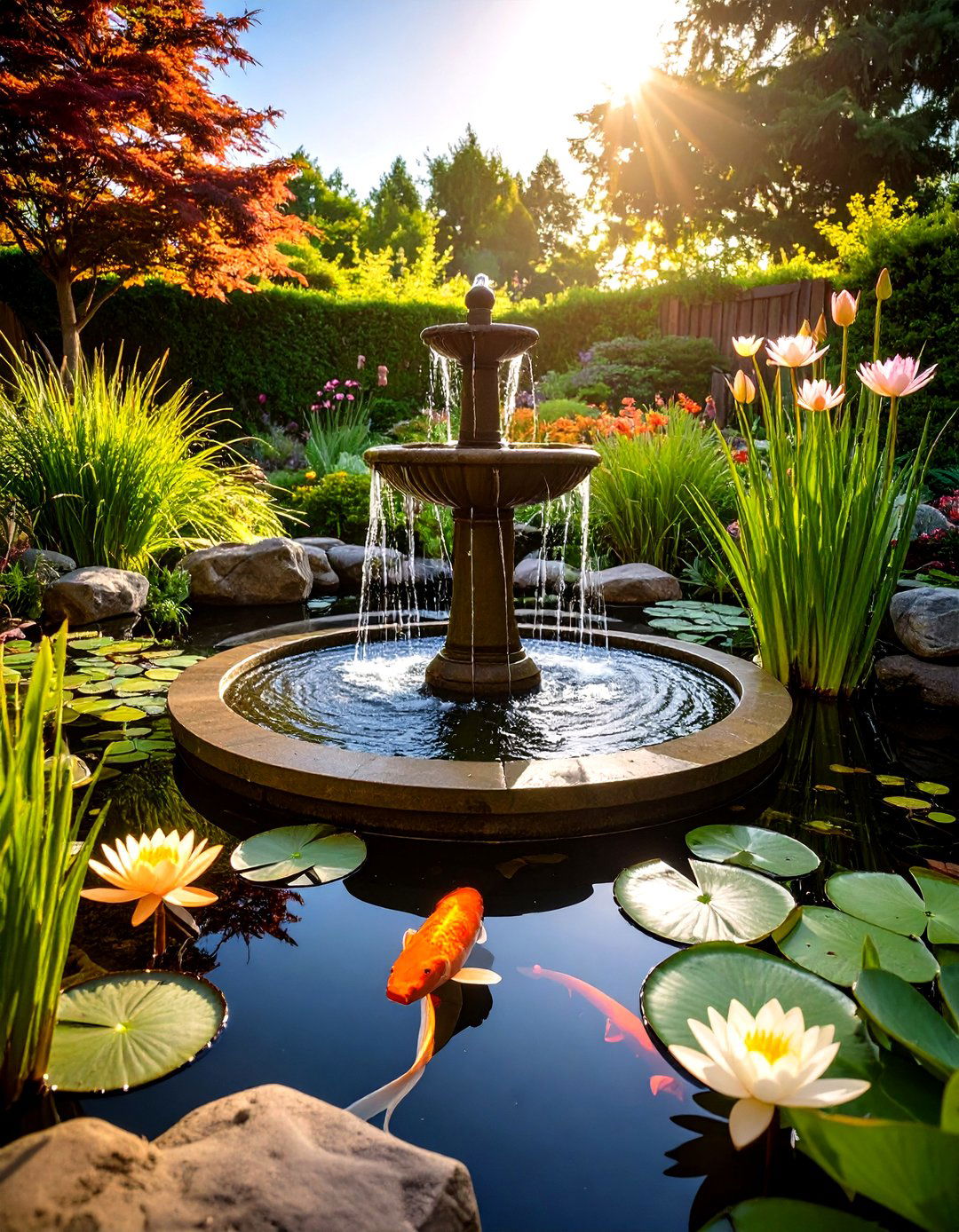
Introduce movement and sound with a small fountain or koi pond surrounded by aquatic plants like pickerel rush and water lilies. A recirculating pump conserves water, and the feature cools nearby plantings while attracting birds and beneficial insects.
17. Create Privacy with Hedges
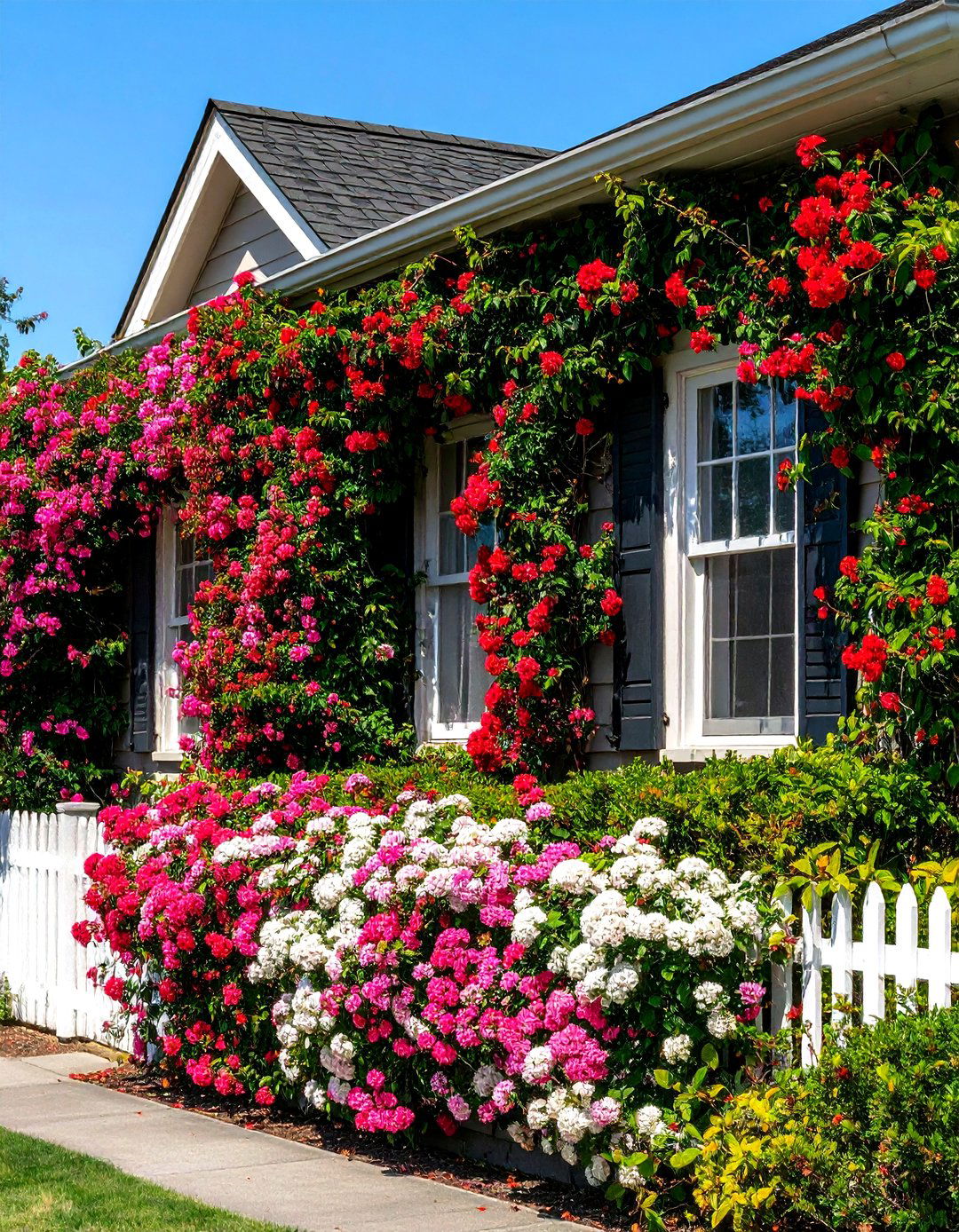
Plant dense hedges of viburnum, cocoplum, or holly to form green screens that block views and noise. Interplant flowering vines like mandevilla for seasonal blooms, and maintain the hedge with regular pruning to ensure a neat appearance.
18. Employ Seasonal Color Cycles
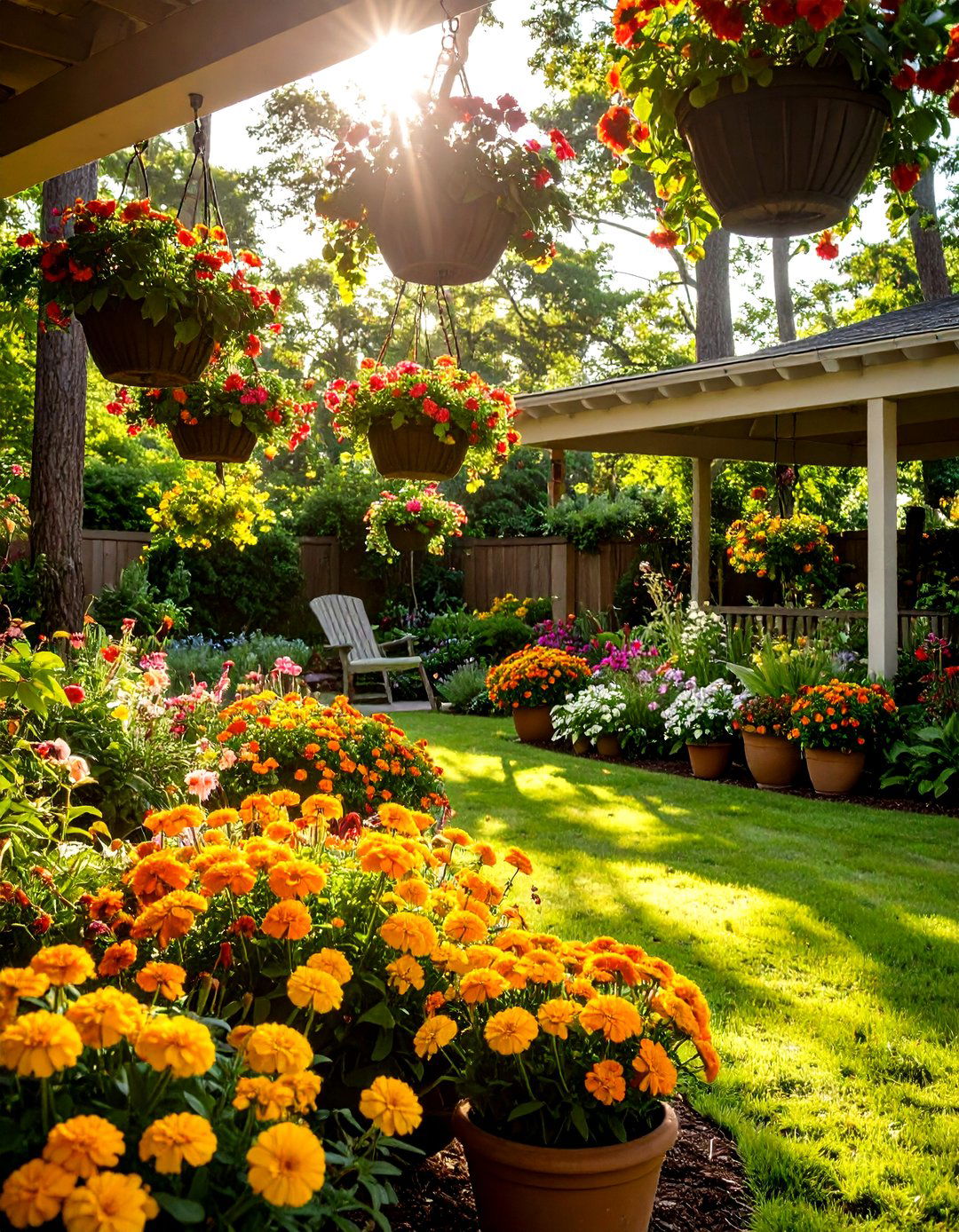
Rotate seasonal annuals—such as marigolds in winter and pentas in summer—to maintain year-round color. Use hanging baskets and container gardens for flexibility, allowing you to rearrange and refresh focal points easily.
19. Introduce Succulent Rock Gardens

Group drought-tolerant succulents—such as aeoniums and agaves—in raised rock beds. These low-water plants create striking sculptural accents and require minimal care, fitting well into Florida-Friendly landscapes when placed in well-draining soil.
20. Use Artificial Turf Alternatives Wisely
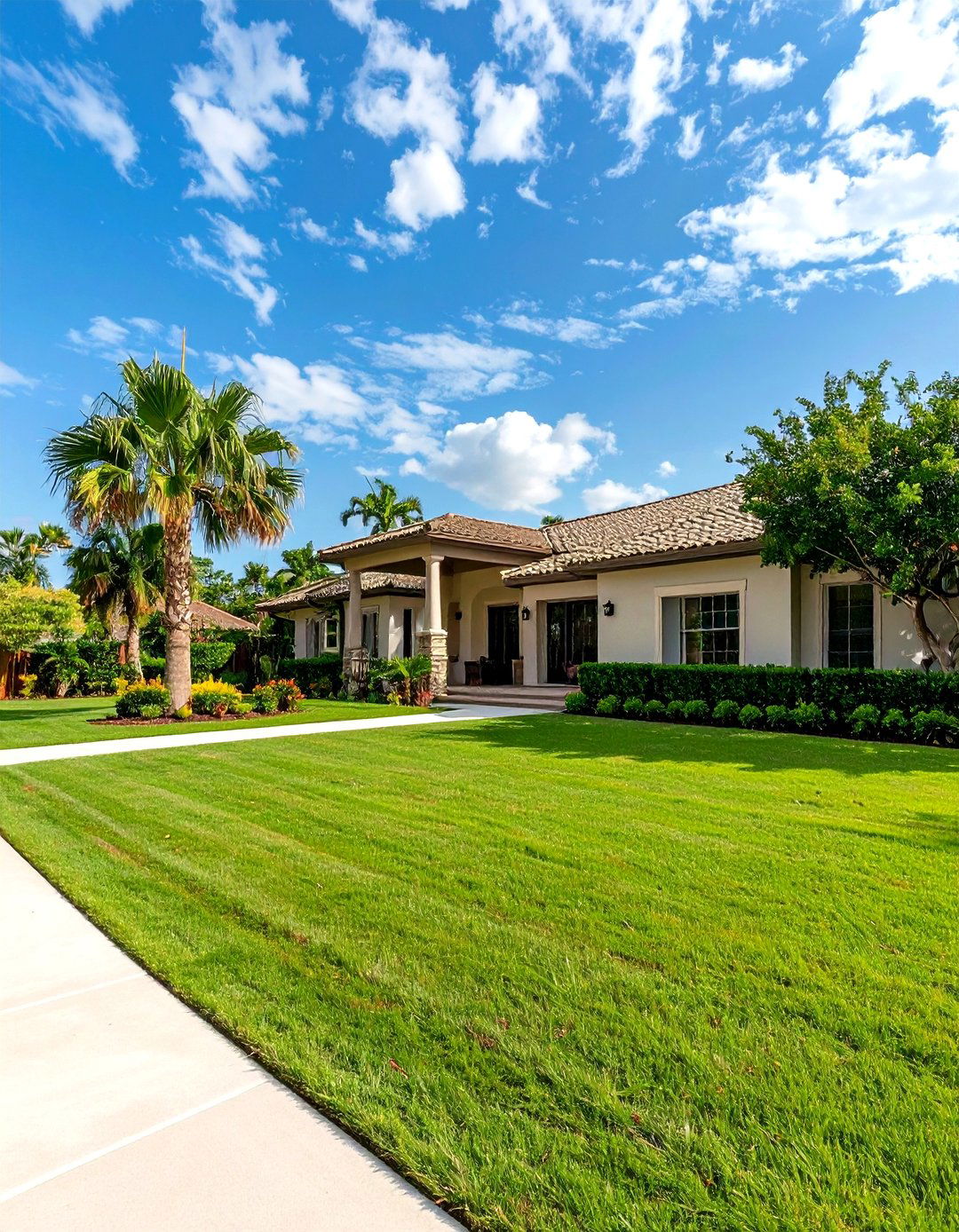
Where turf is desired, select Florida-Friendly turfgrasses like St. Augustine or Zoysia, or opt for high-quality synthetic turf in low-traffic areas. Ensure proper base preparation for drainage and choose products designed to withstand Florida’s sun and heat without harming the environment.
Conclusion:
South Florida landscaping thrives when tropical flair meets sustainability. By blending Florida-Friendly principles with creative plant choices—ranging from palms and native groundcovers to colorful annuals and edible gardens—you can craft an outdoor space that’s both resilient and visually stunning. Incorporating water-wise techniques, native species, and thoughtful hardscape elements ensures your landscape conserves resources while reflecting the lush beauty of South Florida’s natural surroundings. These 20 ideas provide a diverse toolkit to design a vibrant, low-maintenance oasis that will flourish year-round in South Florida’s unique climate.



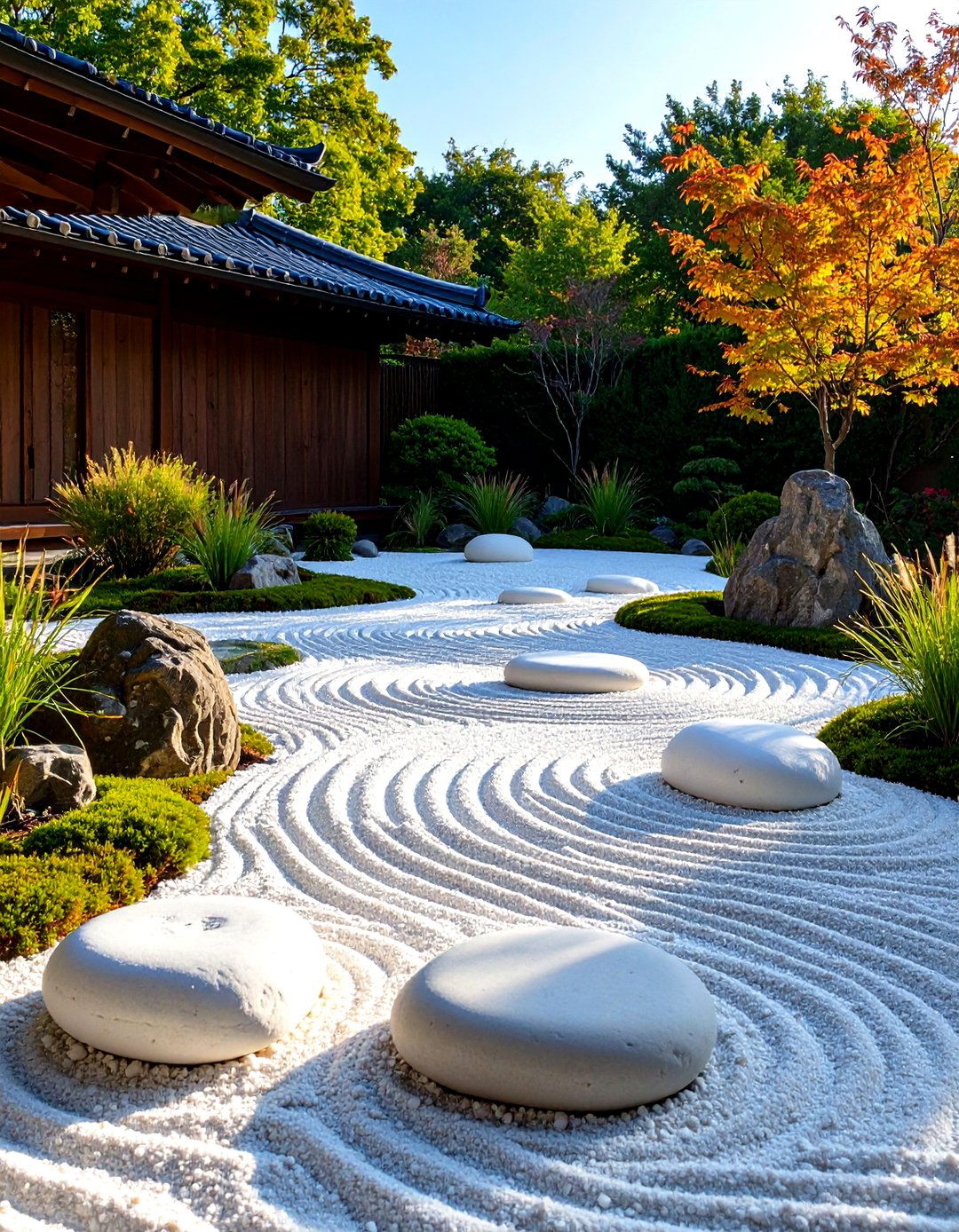
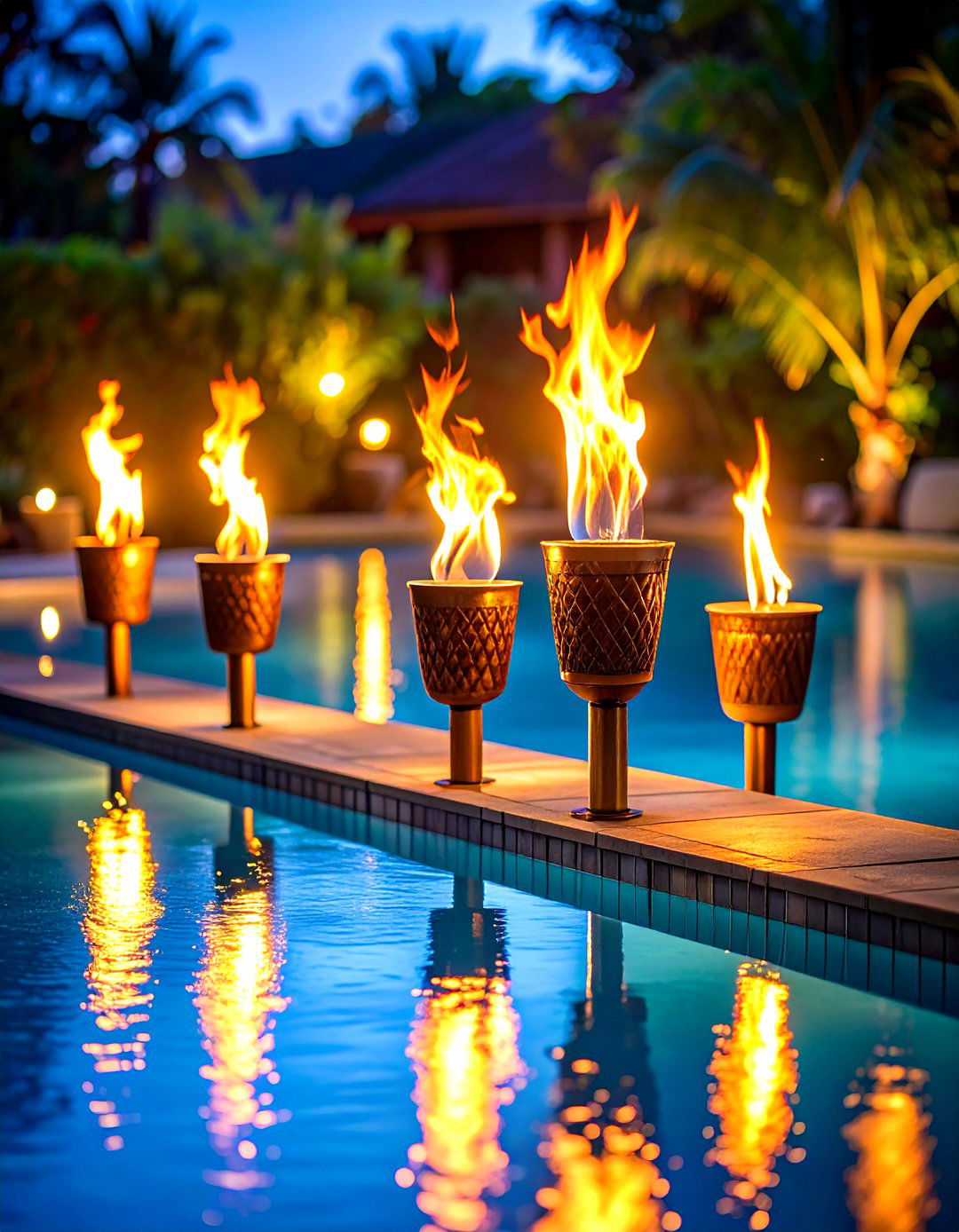
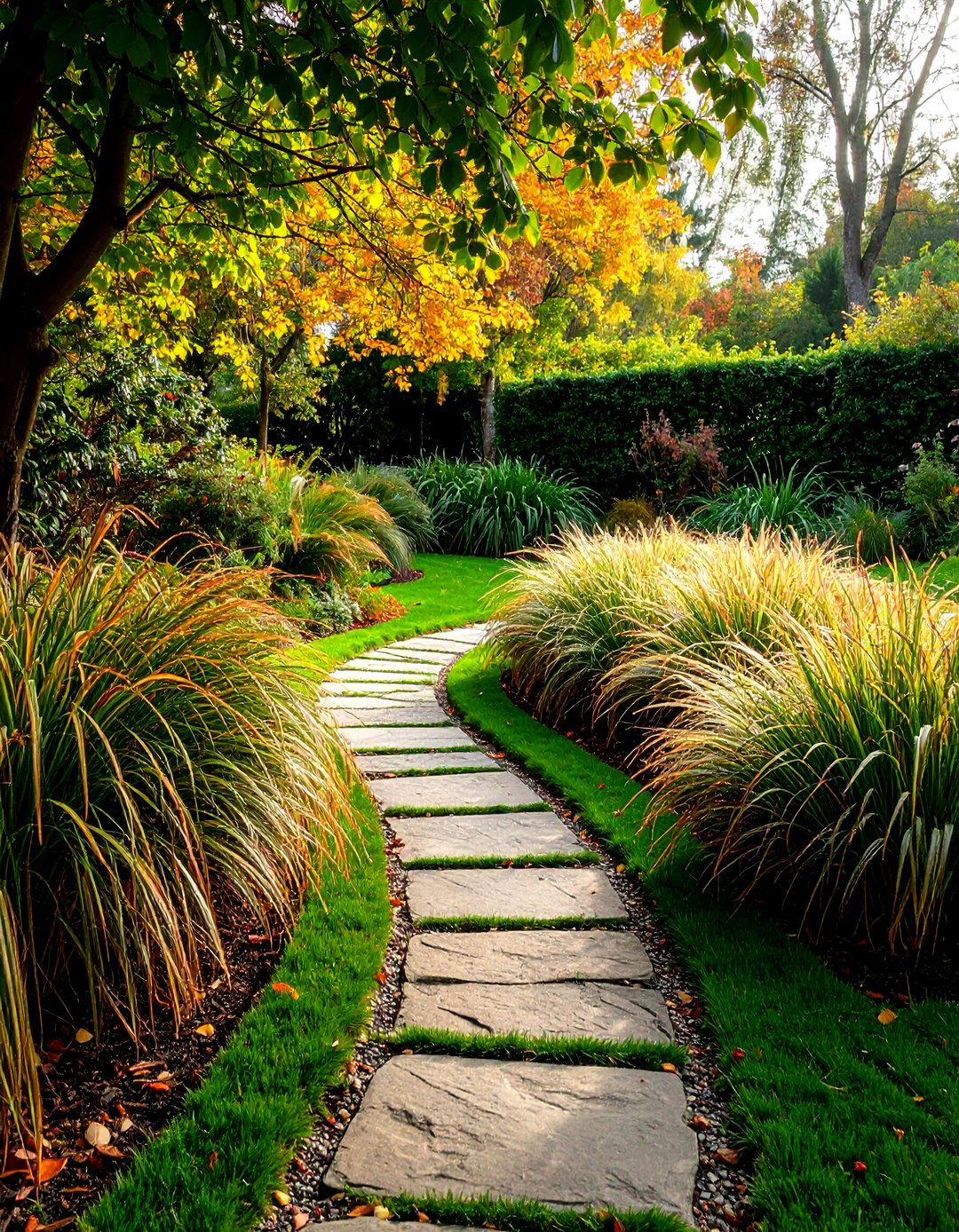
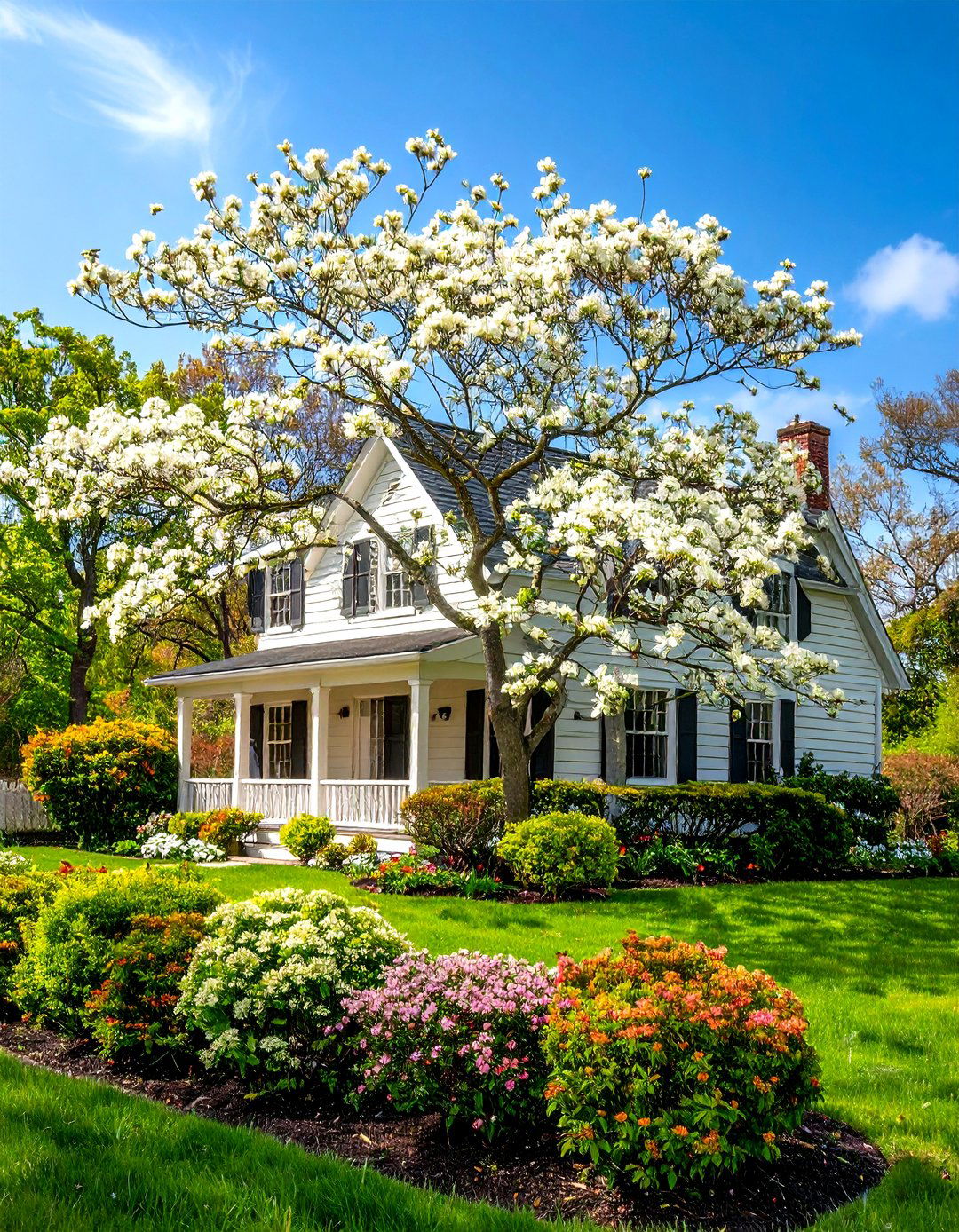
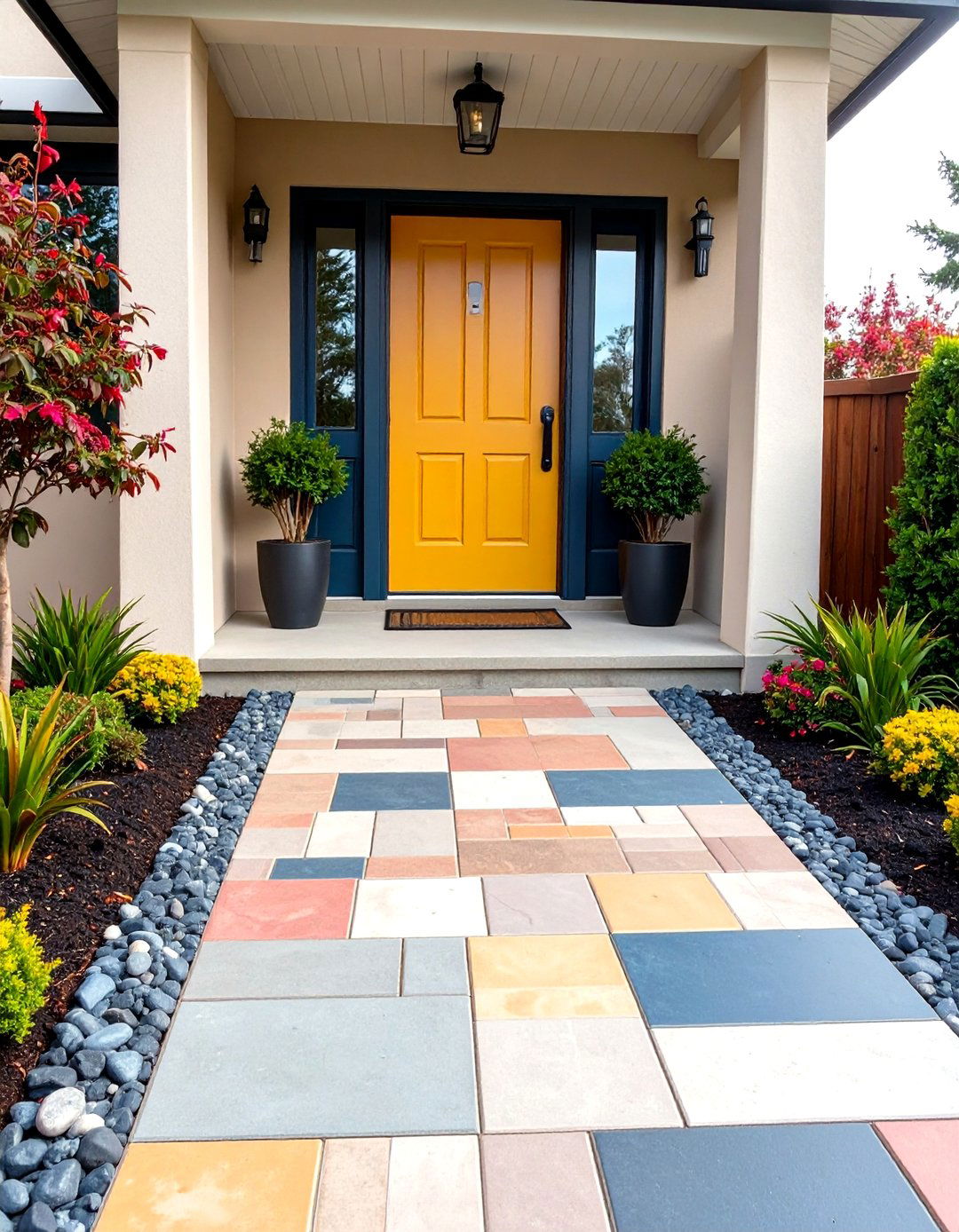
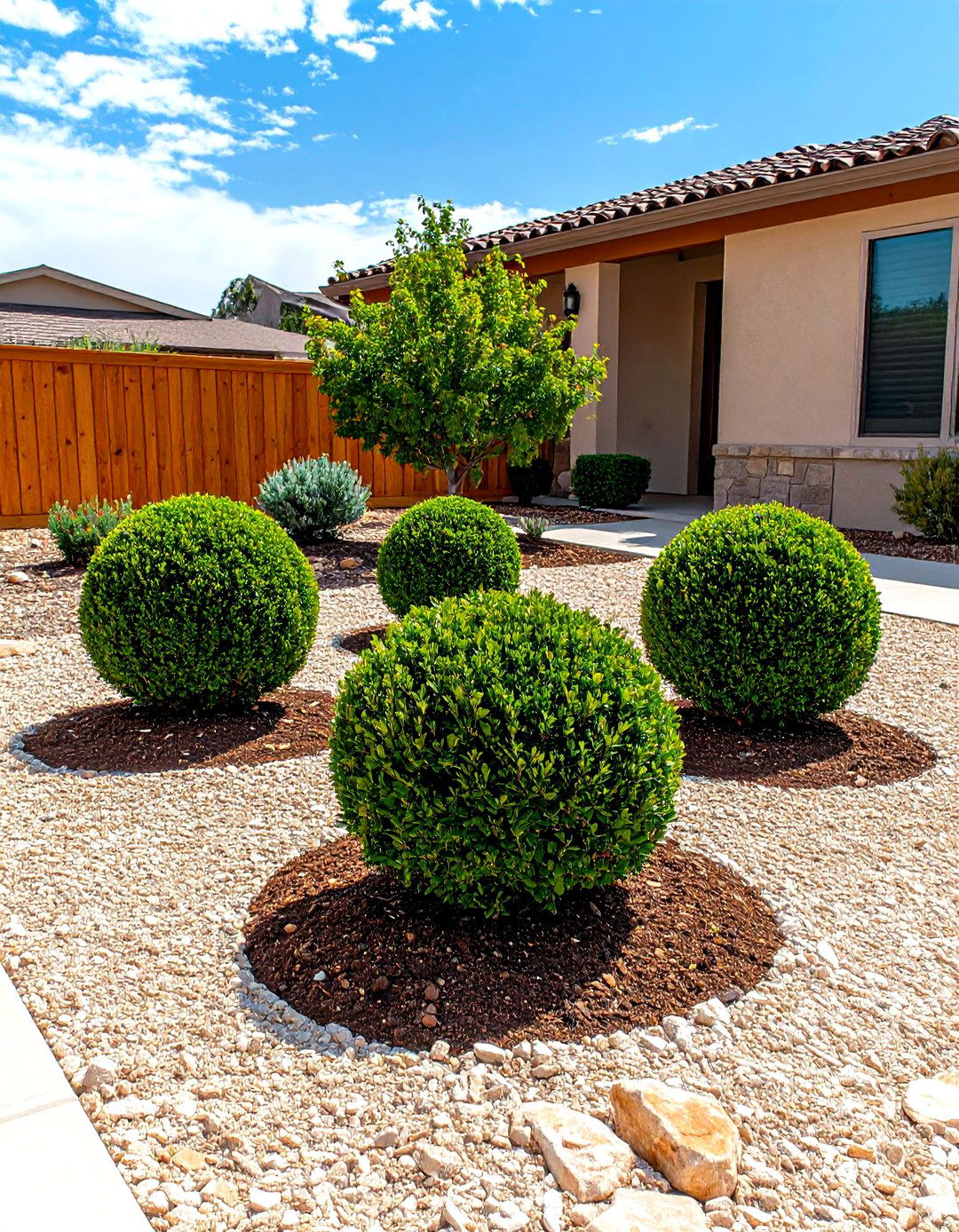


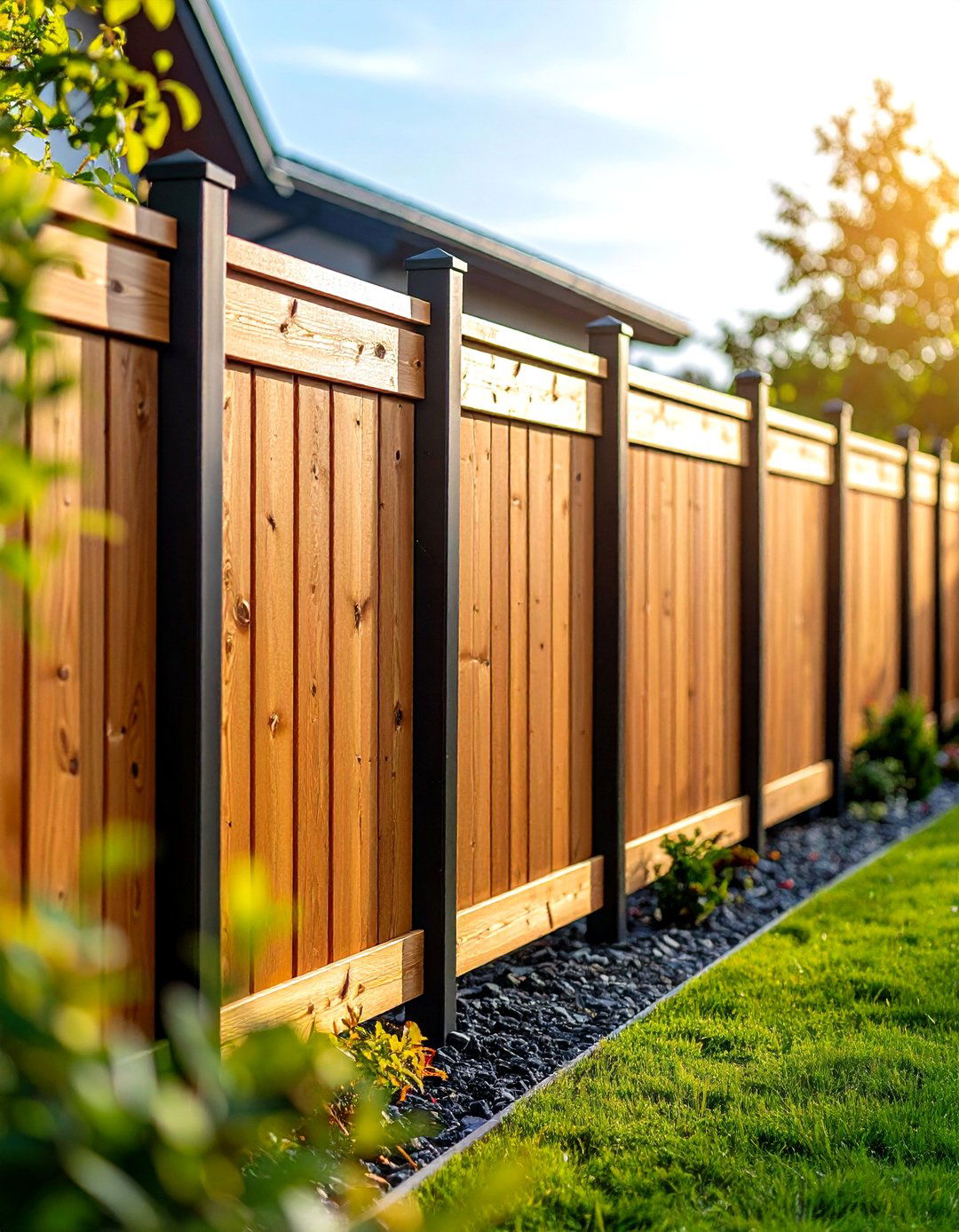
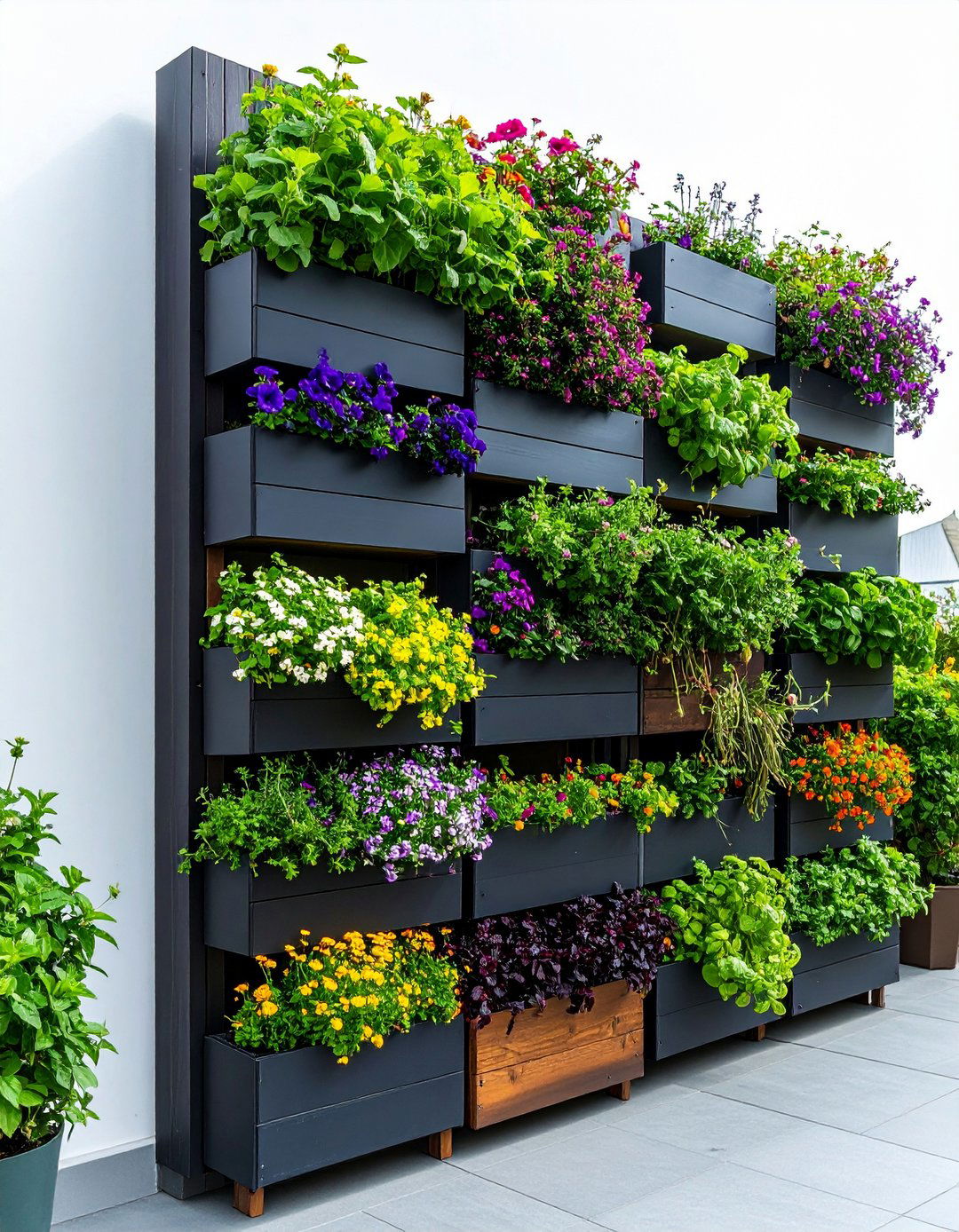
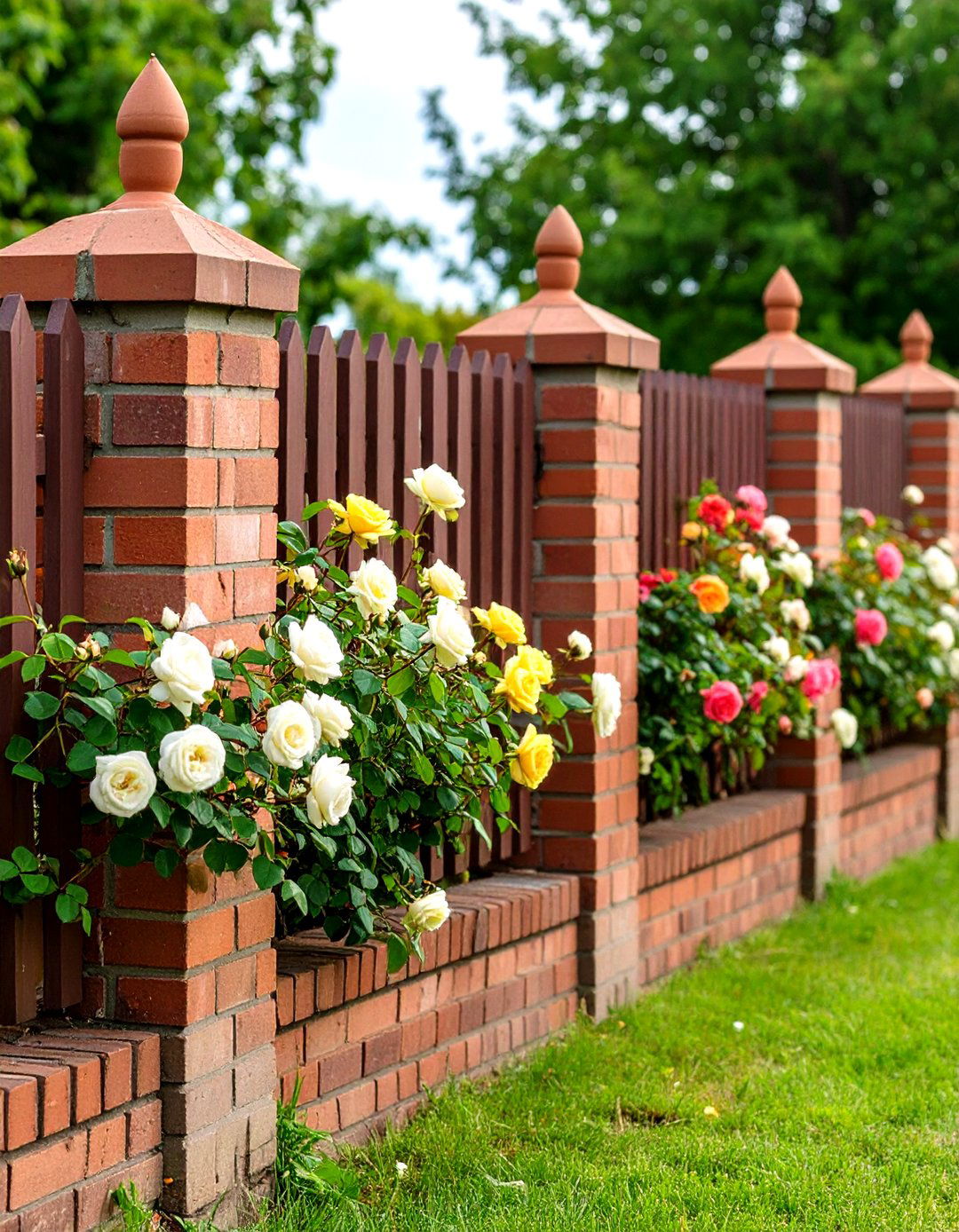
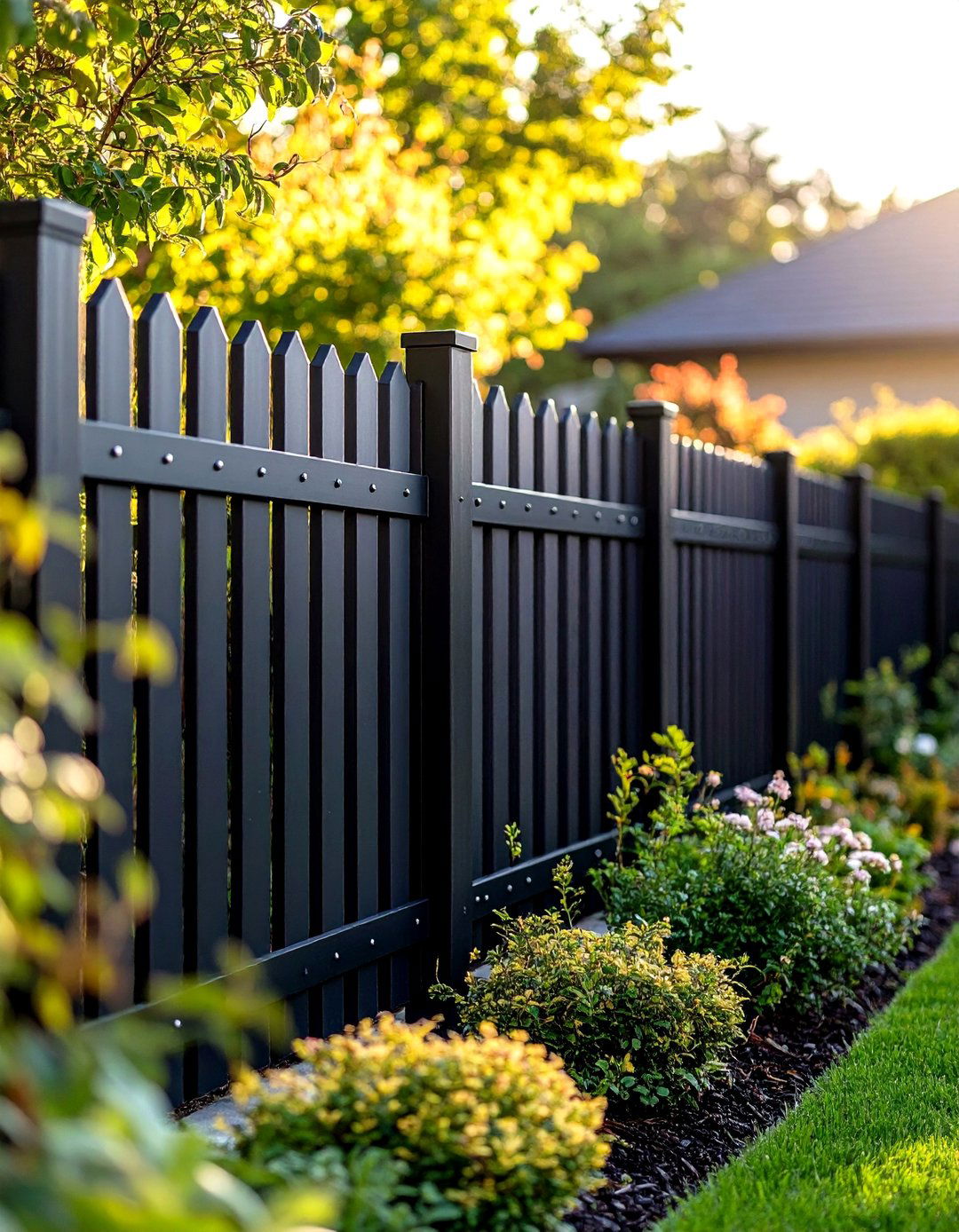
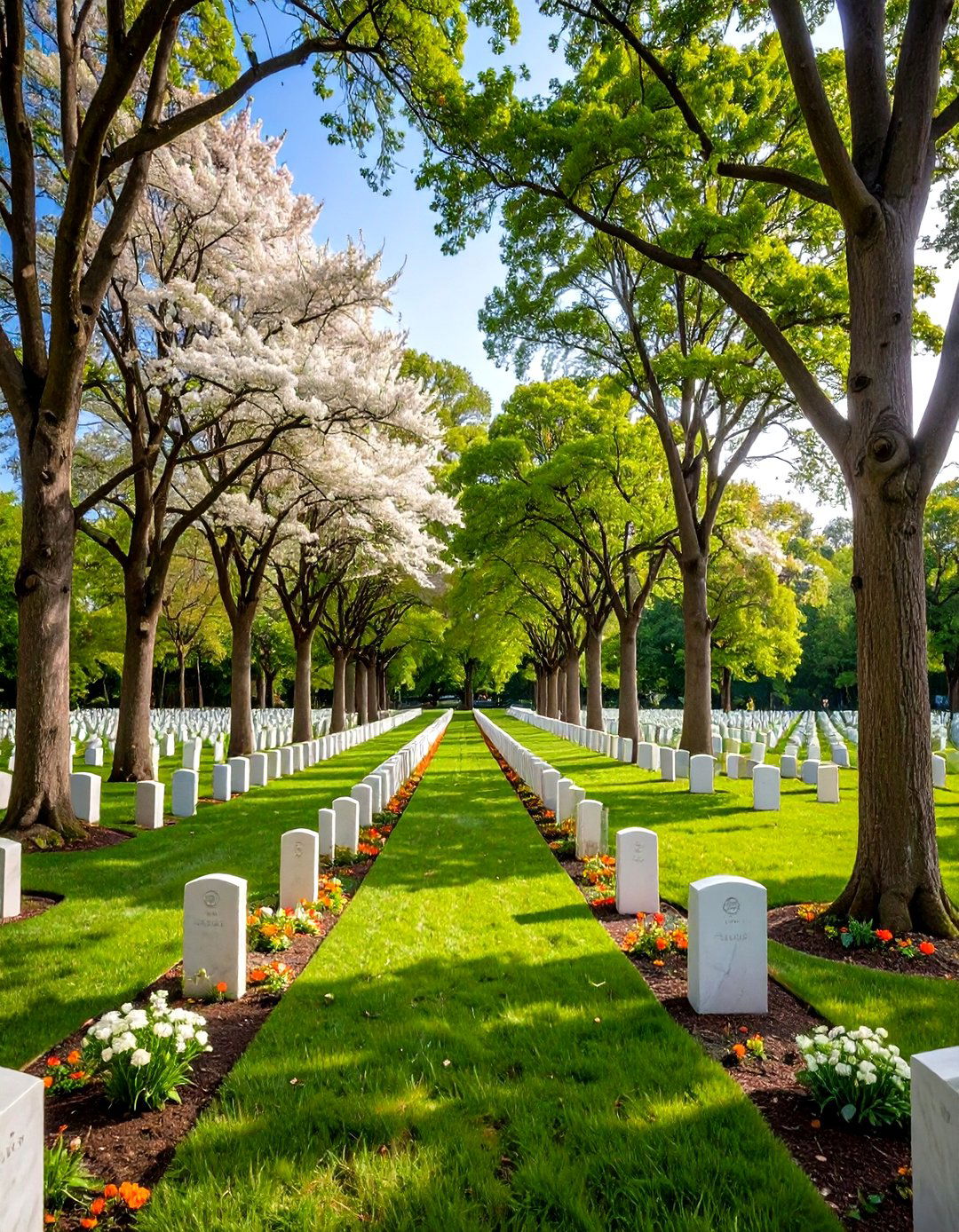
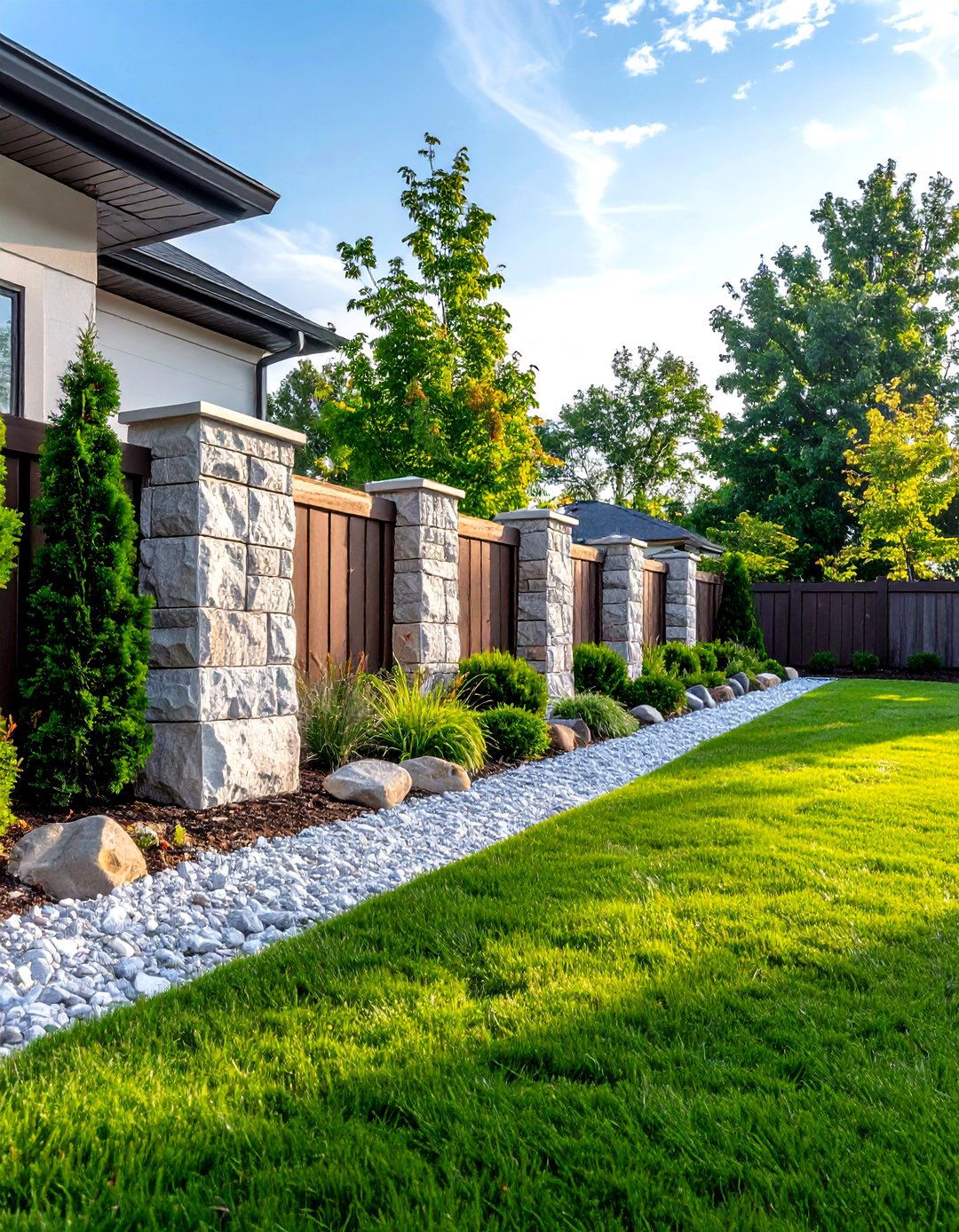
Leave a Reply